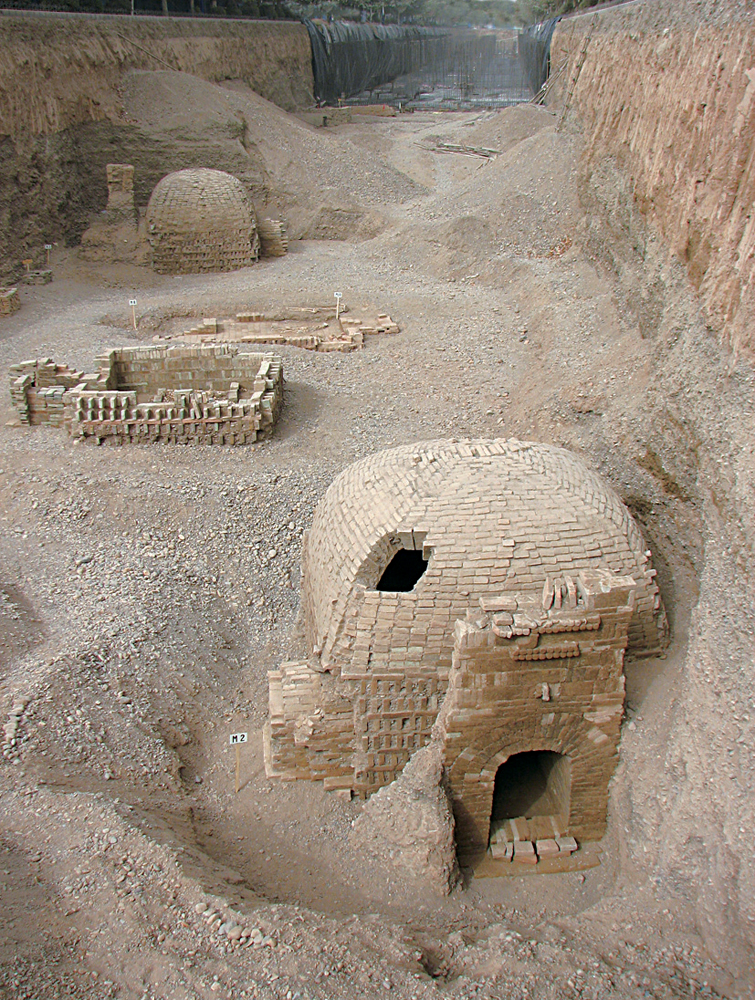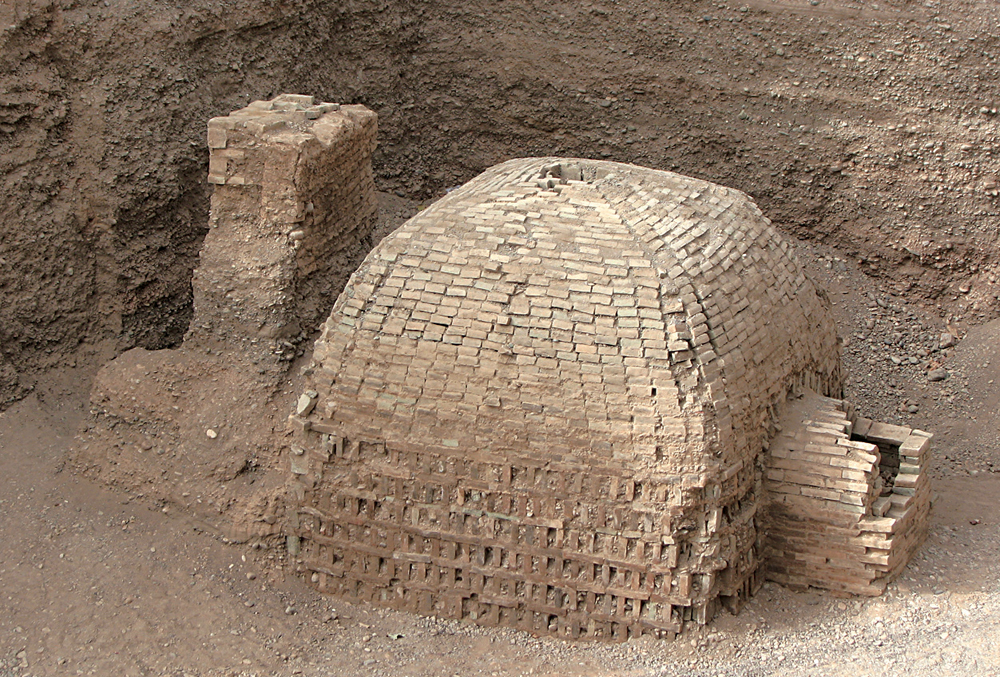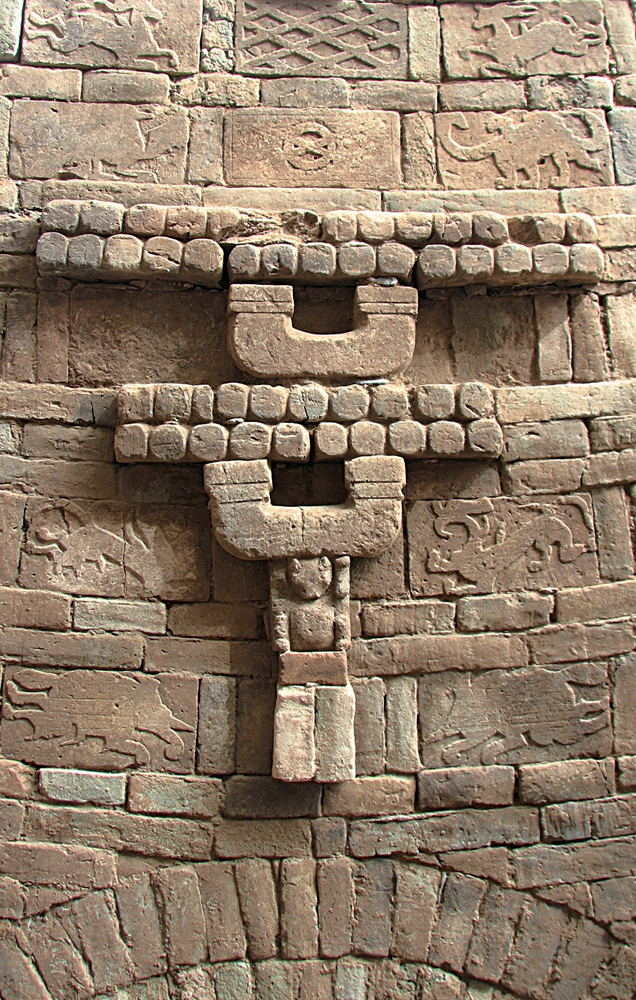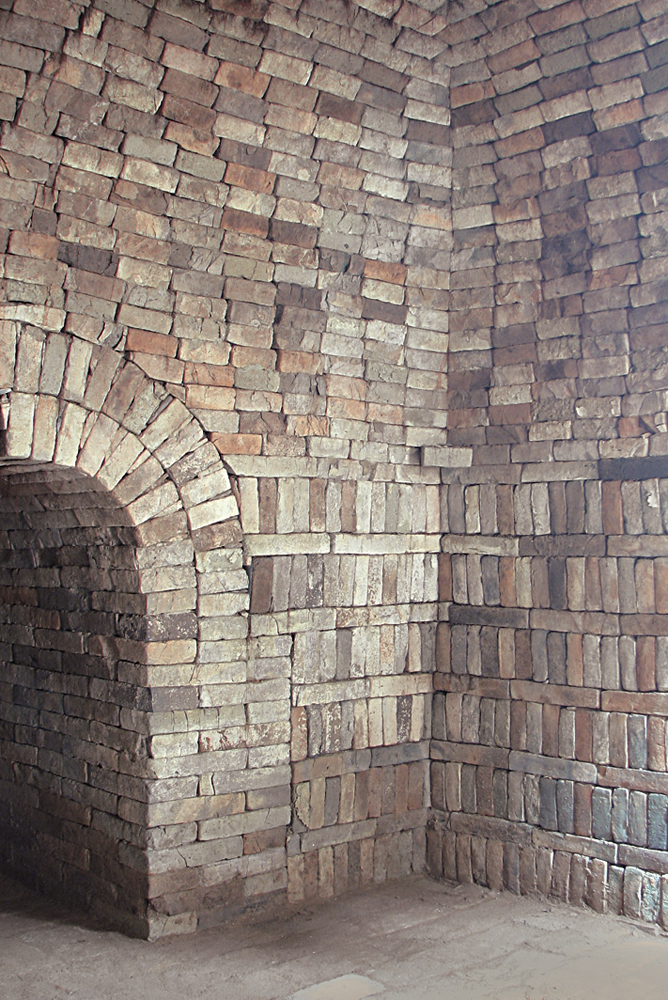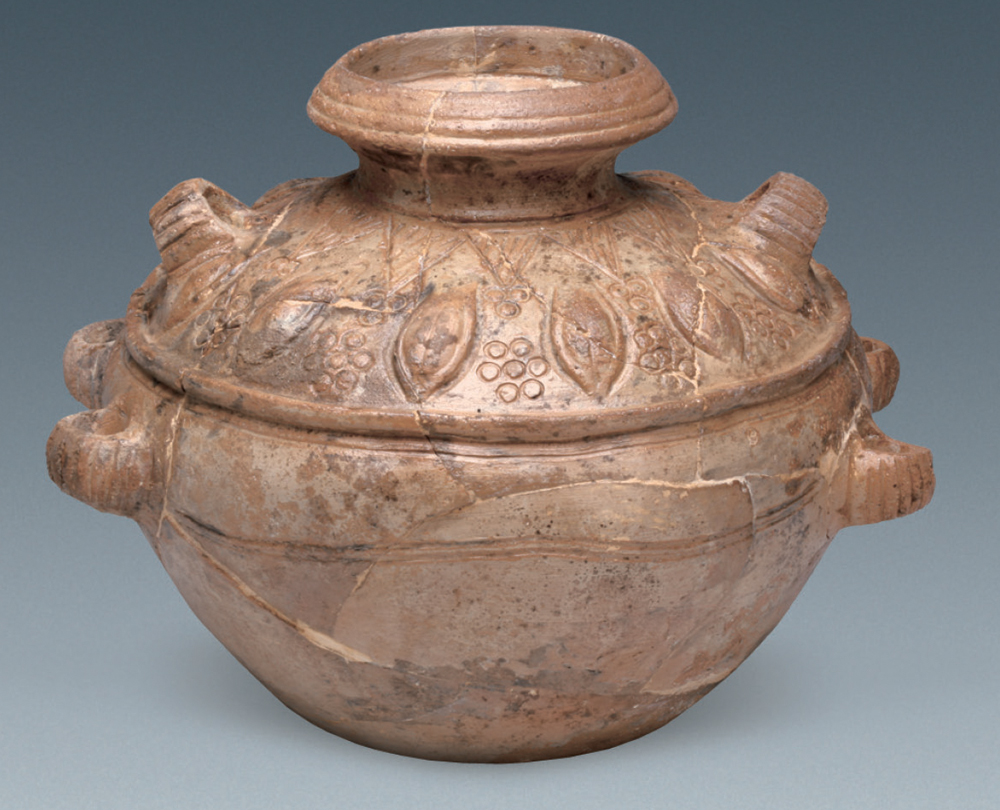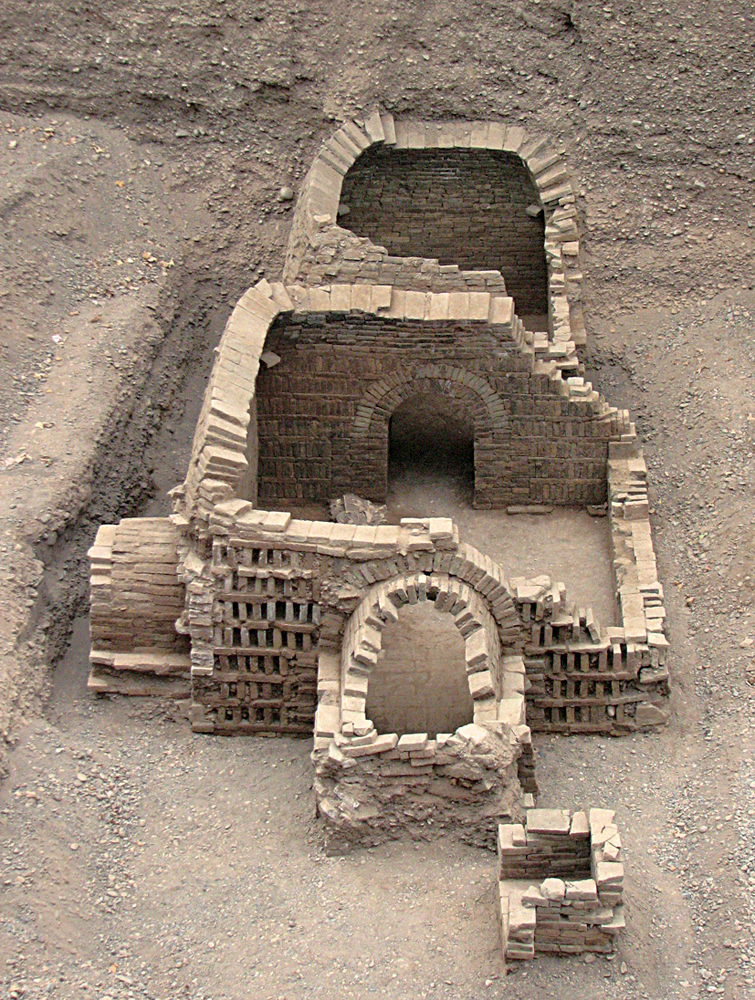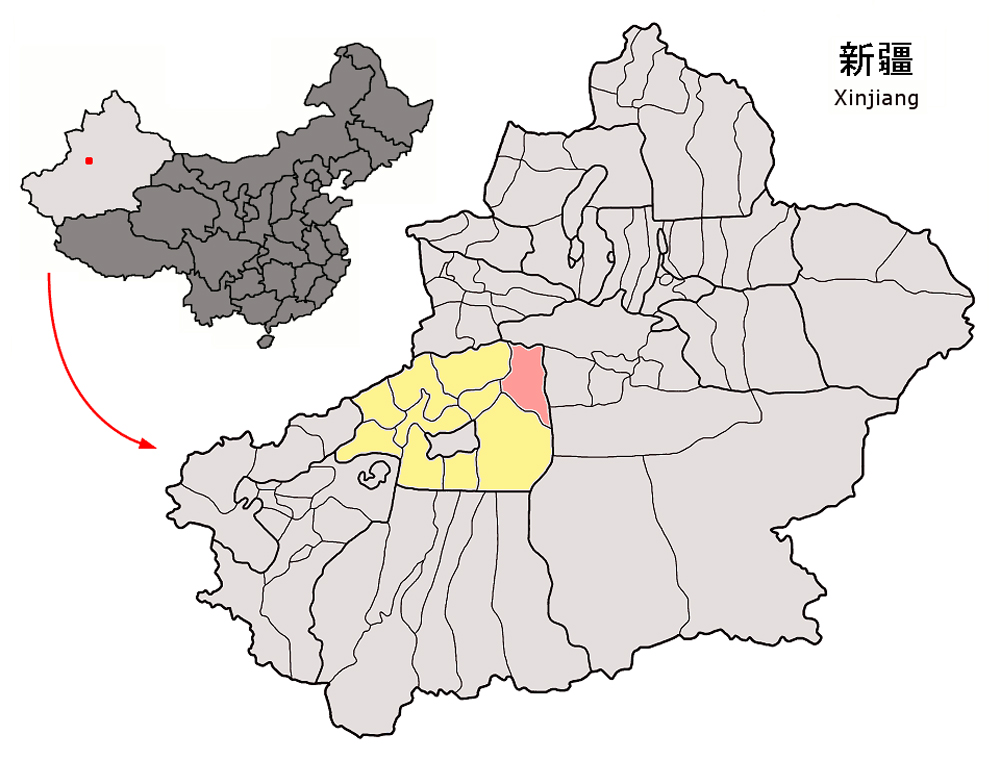In Photos: Ancient Silk Road Cemetery Contains Carvings of Mythical Creatures
A 1,700-year-old cemetery was discovered in the Chinese city of Kucha. The city played an important role along the ancient Silk Road trading routes that once connected China to the Roman Empire. Here are some photos, courtesy of the journal Chinese Cultural Relics, of the mysterious cemetery. [Read full story about the ancient Silk Road cemetery]
Burial site
Archaeologists uncovered 10 tombs in the cemetery, seven of which are large structures made with bricks. This image shows part of the cemetery facing north.
Fancy tombs
Tomb M3, pictured here, contains a ramp, sealed gate, screen walls, tomb entrance, passage, burial chamber and side chamber. Researchers also found carvings of mythical creatures.
Multiple burials
More than 10 occupants were buried in tomb M3 at different times, the researchers said, but the burial containers have now decayed. All the large brick tombs in the cemetery contain multiple burials.
Get the world’s most fascinating discoveries delivered straight to your inbox.
Interesting decorations
A screen wall of tomb M3 contains carvings that depict a variety of mythical creatures. Heavenly deer are shown at both top right and top left, while at bottom left and bottom right are mythical animals called Xie Zhi. In between the deer and the Xie Zhi, there are carvings that depict the Vermilion Bird of the South (on left, second from top), the White Tiger of the West (on left, second from bottom), the Black Turtle of the North (at right, second from top) and the Azure Dragon of the East (at right, second from bottom). The dragon, bird, black turtle and white tiger are creatures that represent different seasons and parts of the heavens.
The wear of time
An up-close view of a heavenly deer from the screen wall. The carved bricks were originally painted, but these decorations have since peeled off.
A different perspective
This image shows another view of the interior of tomb M3, facing northwest.
A relic
While the cemetery had been robbed, archaeologists found a number of artifacts. This lotus petal guan jar is from tomb M3.
Another tomb
This image shows another large brick tomb discovered in the cemetery, dubbed M1. This photo shows the tomb facing west.
Human remains
A view of the antechamber of tomb M1, showing some of the human remains found in the tomb.
The Silk Road
A map showing the location of Kucha within China and the Xinjiang region. The pink area is Kucha County and the yellow area represents the prefecture. (Image courtesy of Wikimedia user Croquant, CC Attribution 3.0 Unported)

Owen Jarus is a regular contributor to Live Science who writes about archaeology and humans' past. He has also written for The Independent (UK), The Canadian Press (CP) and The Associated Press (AP), among others. Owen has a bachelor of arts degree from the University of Toronto and a journalism degree from Ryerson University.


